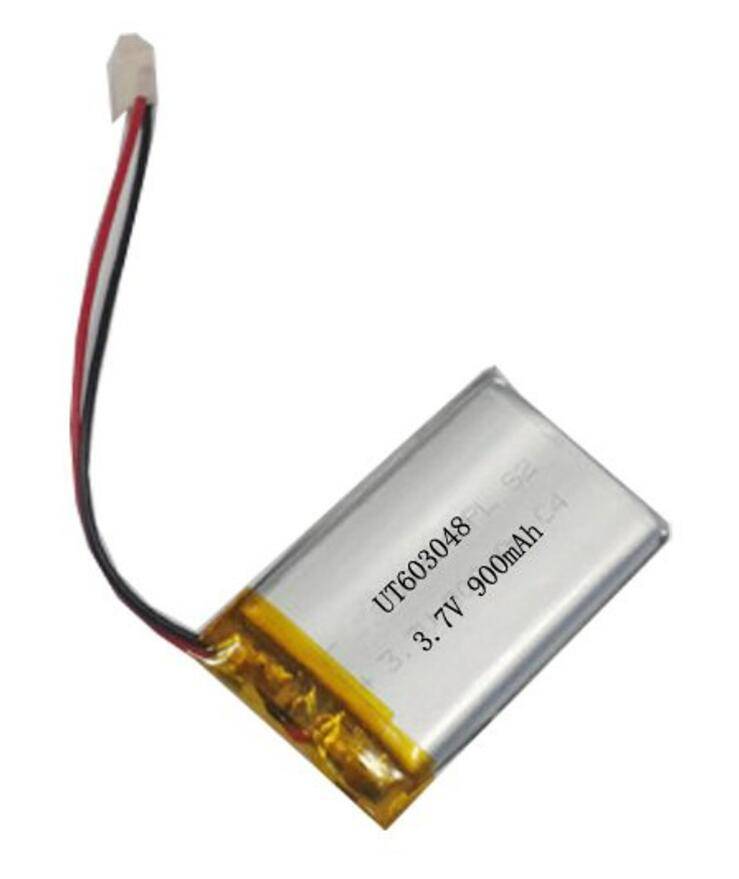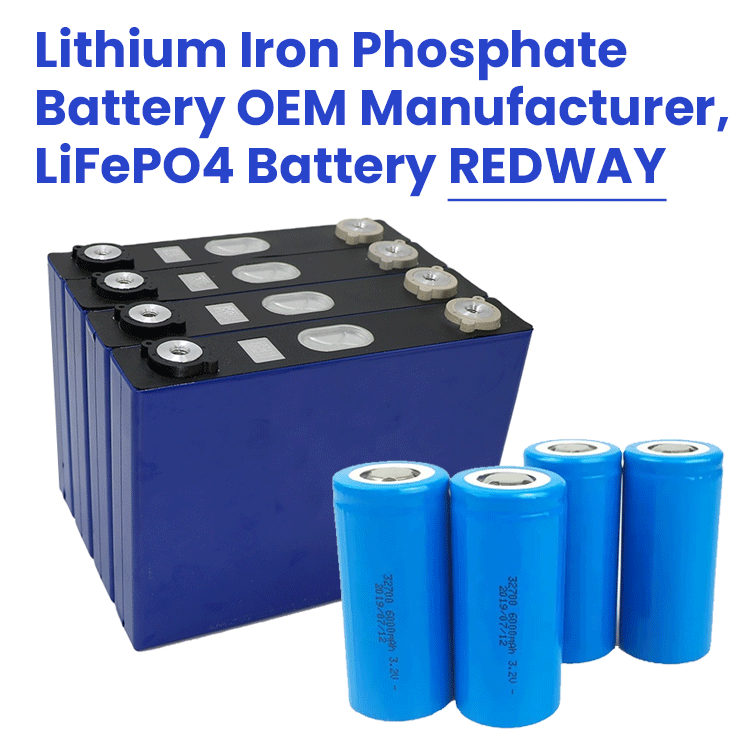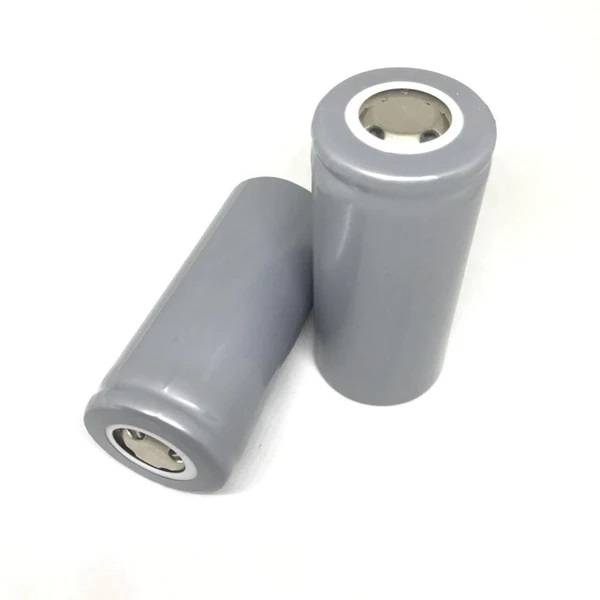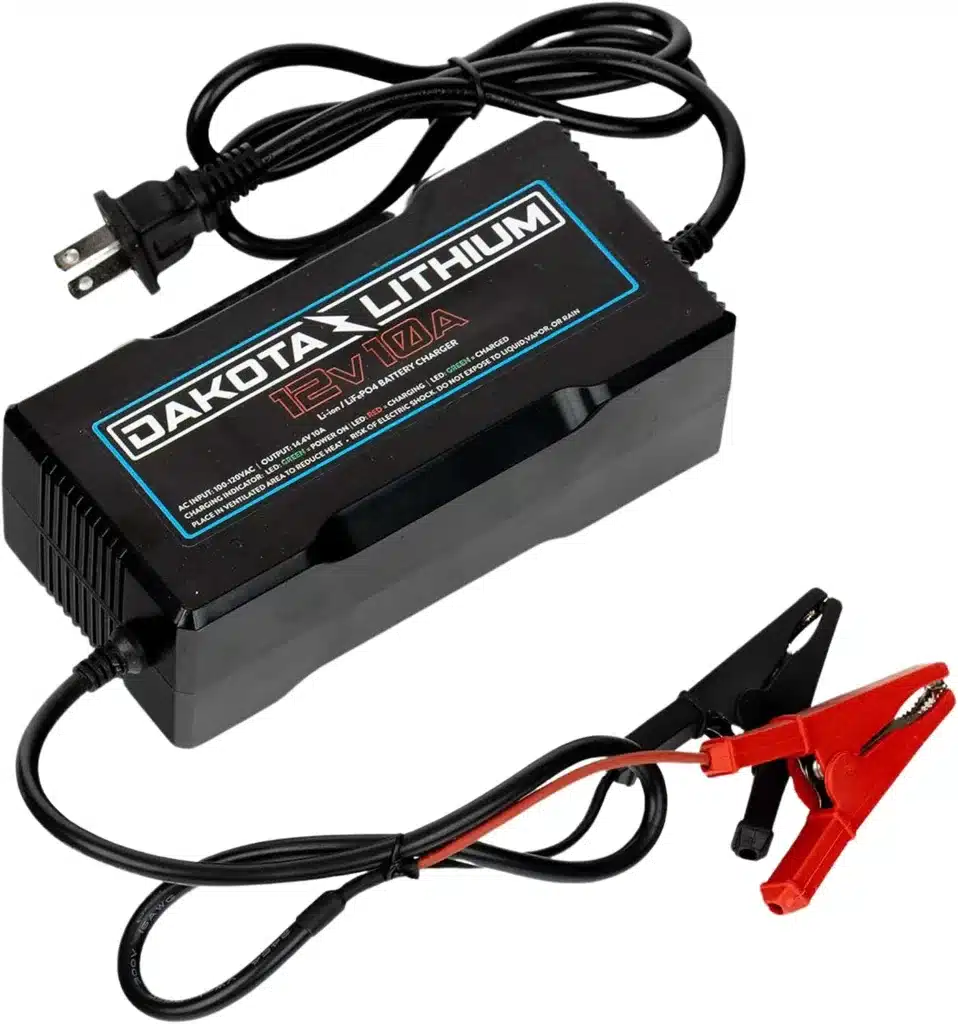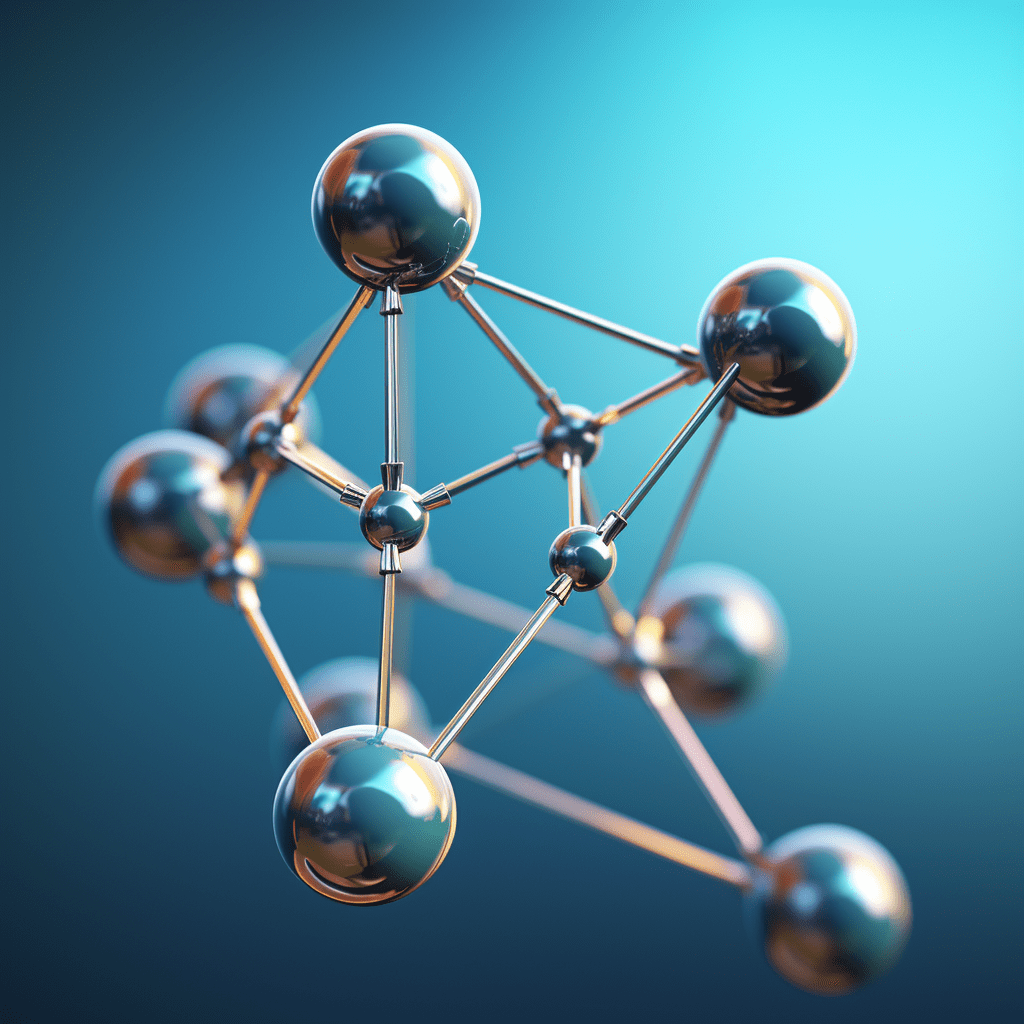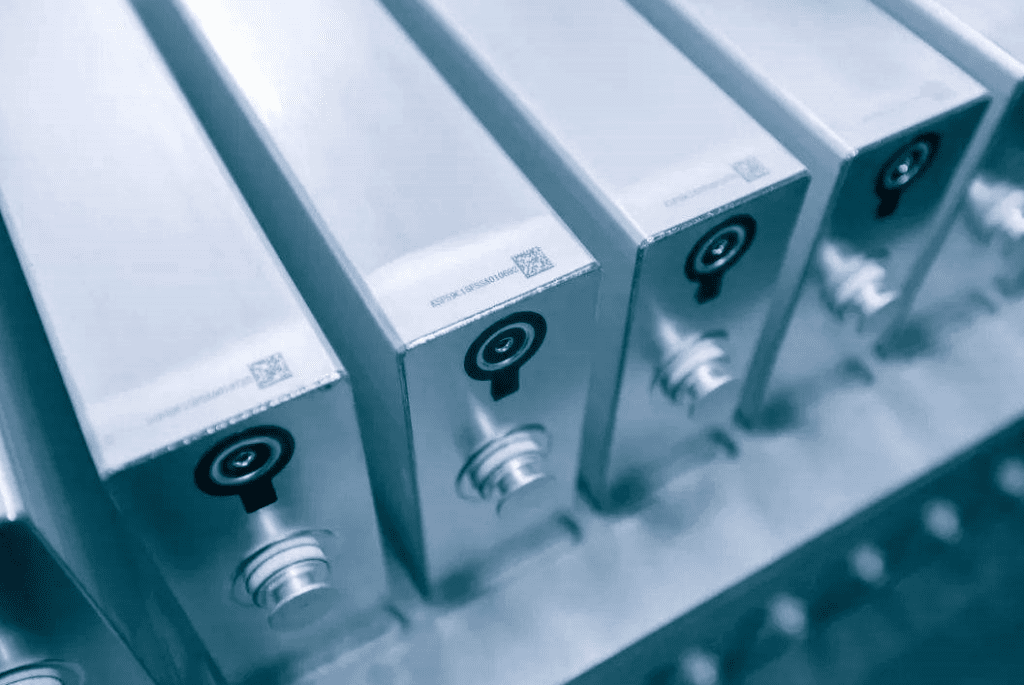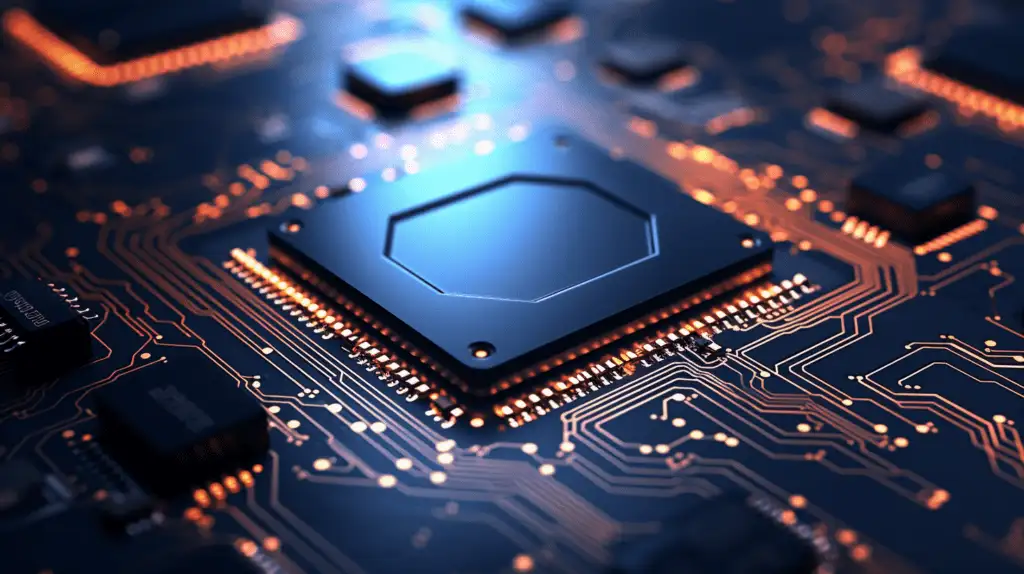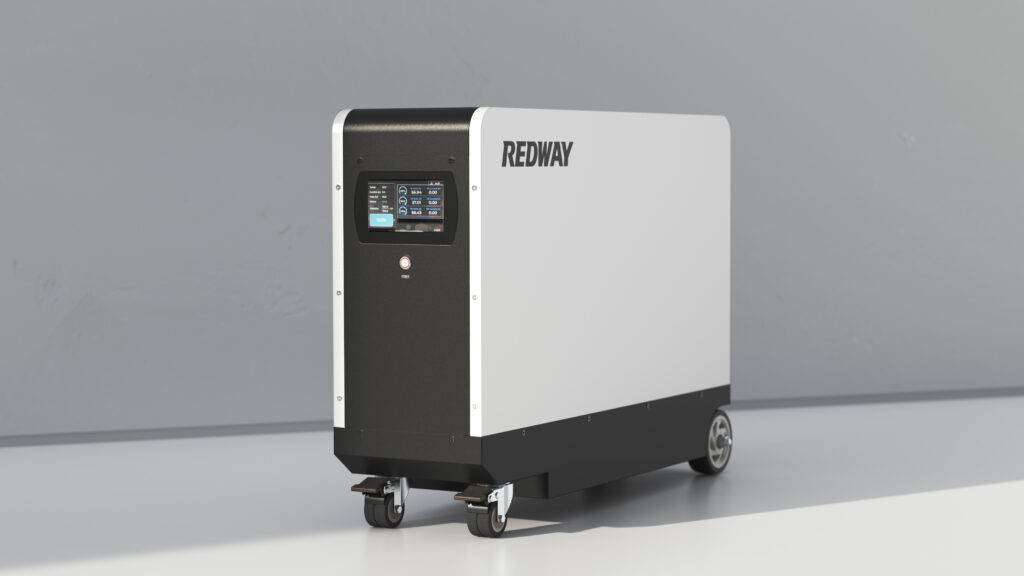Embark on a groundbreaking approach to lithium battery recycling with the revolutionary contact-electro-catalysis method. Developed by Academician Zhonglin Wang and his team at the Chinese Academy of Sciences, this eco-friendly technique utilizes silicon dioxide from common sand, showcasing impressive leaching efficiency and offering a low-cost, scalable solution to address the surging global challenge of discarded lithium-ion batteries.
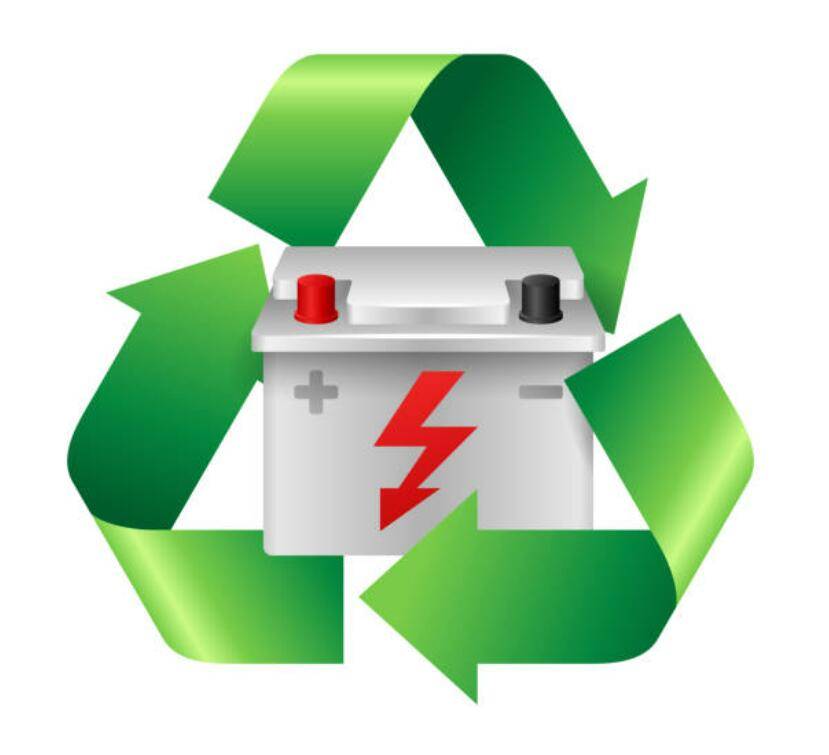
#post_seo_title
Innovative Recycling Method: Contact-Electro-Catalysis
Academician Zhonglin Wang and his team of researchers, including Dr. Wei Tang, at the Institute of Nano Energy and System Research, Chinese Academy of Sciences, have merged the physical phenomenon of material contact electrification with the field of catalysis. They have proposed a novel mechanism called contact-electro-catalysis and developed a green, cost-effective, and efficient technology for lithium battery recycling.
The Growing Challenge of Discarded Lithium-Ion Batteries
It is estimated that by 2030, global discarded lithium-ion batteries will reach 2 million tons per year. Inadequate handling of these batteries could pose serious environmental issues and a significant threat to public health.
Current Lithium Battery Recycling Methods
Currently, lithium battery recycling methods primarily include pyrometallurgical recycling, hydrometallurgical recycling, and direct recycling. However, these methods have their limitations. Therefore, there is a need to develop an efficient, cost-effective, and environmentally friendly recycling method to meet the exponential growth in discarded lithium-ion batteries.
The Novel Mechanism for Lithium Battery Recycling
We have proposed a new mechanism for lithium battery recycling through contact-electro-catalysis. This method utilizes silicon dioxide, a major component of common sand found in everyday life, as a catalyst. It is driven by mechanical energy and leverages the electronic transfer induced by contact between silicon dioxide and water to generate reactive species such as superoxide radicals and hydrogen peroxide. These active species are used to reduce high-valence state metals in electrode powders, thereby effectively leaching out metals like lithium, nickel, manganese, and cobalt.
Impressive Leaching Efficiency
The experiments have shown that under the conditions of 90 degrees Celsius and 6 hours of ultrasonic treatment, the leaching rate of lithium from lithium cobalt oxide batteries reached 100%, and the leaching rate of cobalt was 92.19%. For ternary lithium-ion batteries, under conditions of 70 degrees Celsius and 6 hours, the leaching efficiencies for lithium, nickel, manganese, and cobalt were 94.56%, 96.62%, 96.54%, and 98.39%, respectively.
Silicon Dioxide: A Low-Cost and Eco-Friendly Catalyst
Silicon dioxide requires no chemical modification and serves as a low-cost dielectric powder catalyst, making it suitable for large-scale commercial applications. Additionally, recycling and reusing it can be achieved through simple centrifugal separation, further reducing costs.

